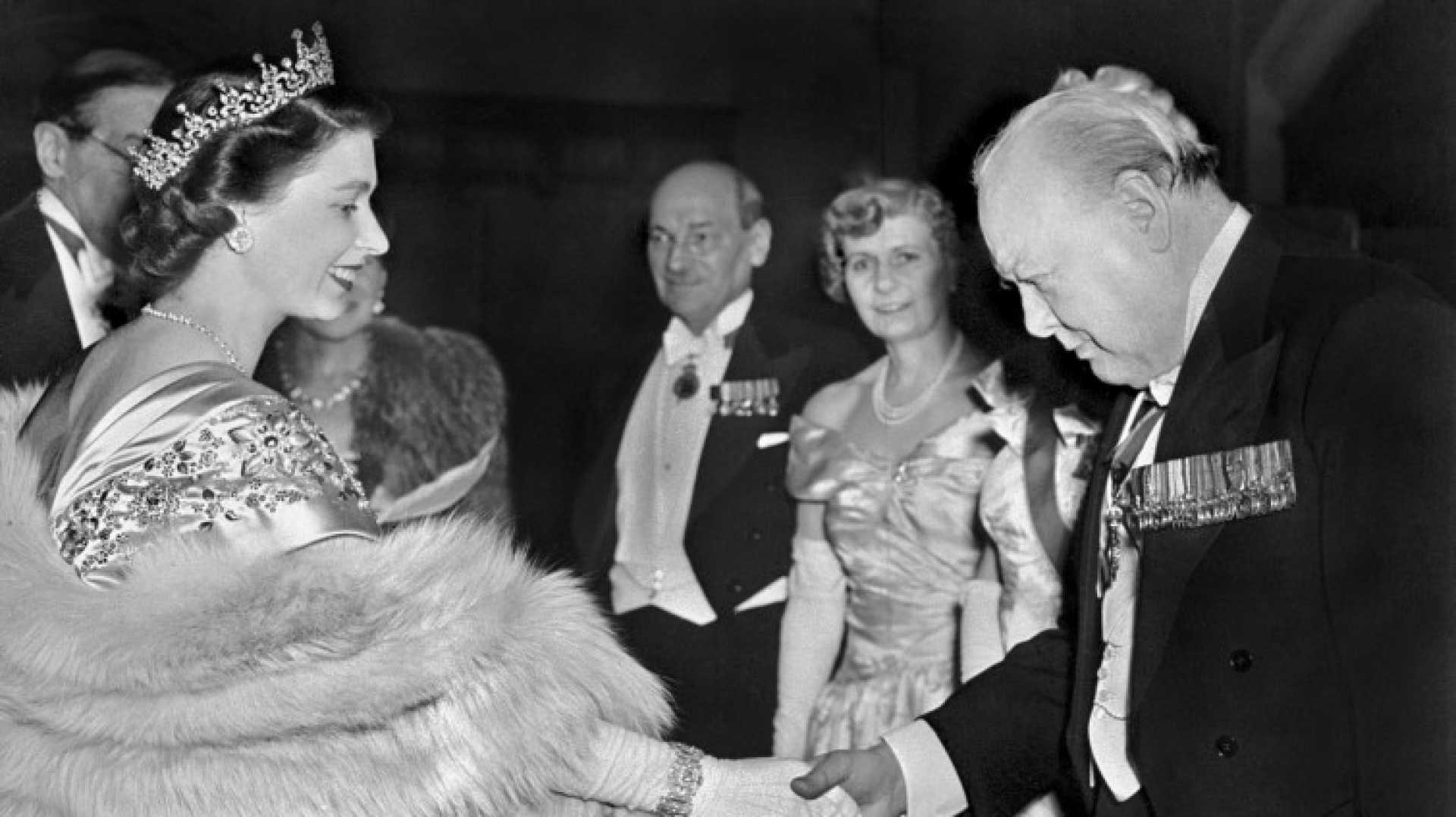Entertainment
New Book Explores Churchill’s Influence on the Royal Family

NEW YORK, NY — A new book titled “Winston and the Windsors” by Andrew Morton explores the significant role Winston Churchill played in the British royal family during critical moments in history. Set to release on October 21, 2025, the book paints a detailed picture of Churchill’s relationships with various monarchs.
On May 8, 1945, Churchill made a notable appearance alongside the royal family when London celebrated V-E Day. As the Prime Minister stood on the balcony of Buckingham Palace, he symbolized a blend of political might and royal presence.
Churchill served as Prime Minister of the United Kingdom during pivotal times, notably from 1940 to 1944 during World War II. His connections with the royal family began years before, especially after King Edward VIII‘s abdication in 1936. According to Morton, when George VI ascended the throne, Churchill quickly adapted his loyalty from Edward to the new king.
Morton notes that Churchill took a personal interest in the monarchy, going as far as advising Edward VIII on public speaking and other matters, showing his deep involvement in royal affairs. “His lodestar was the monarchy,” Morton said, highlighting Churchill’s commitment even when it cost him politically.
The author also emphasizes the unique dynamic between Churchill and Queen Elizabeth II. Following her father’s death in 1952, Churchill helped guide her through her new responsibilities as monarch. Morton describes their bond as one strengthened by shared interests and mutual respect.
“He admired her character and enjoyed their interactions,” Morton explained. “He was particularly supportive during Elizabeth’s early reign, a time filled with family challenges and public scrutiny.”
Through victories and struggles, including Elizabeth’s adjustments to being a young queen and her sister Princess Margaret’s tumultuous romantic life, Churchill was a steady presence for the young monarch. Morton recalls an incident when Churchill helped persuade Elizabeth’s mother to re-engage with royal duties, a gesture that proved vital during a difficult transitional period for the family.
The book also points out how Churchill’s approval influenced the royal family’s decisions. His views on Princess Margaret’s potential marriage to Peter Townsend were fundamentally supportive, which underscored his integral role within the family dynamics.
Ultimately, Morton’s narrative showcases how Churchill’s legacy intertwined with the Windsors, making him an essential figure in the evolution of the modern royal family. The book promises to shed light on this intricate web of relationships between one of Britain’s most famous politicians and its royal lineage.












